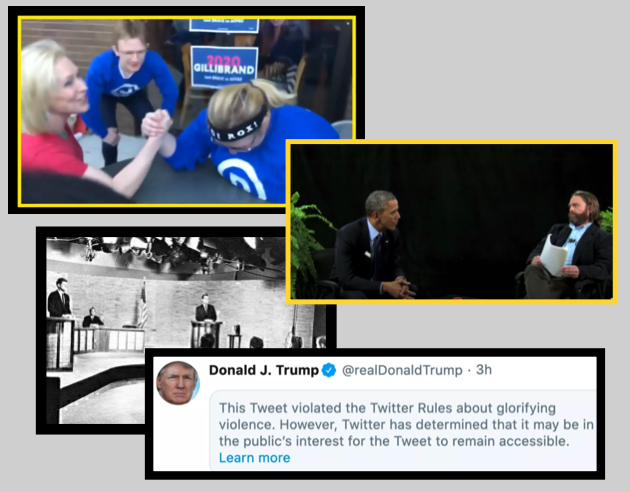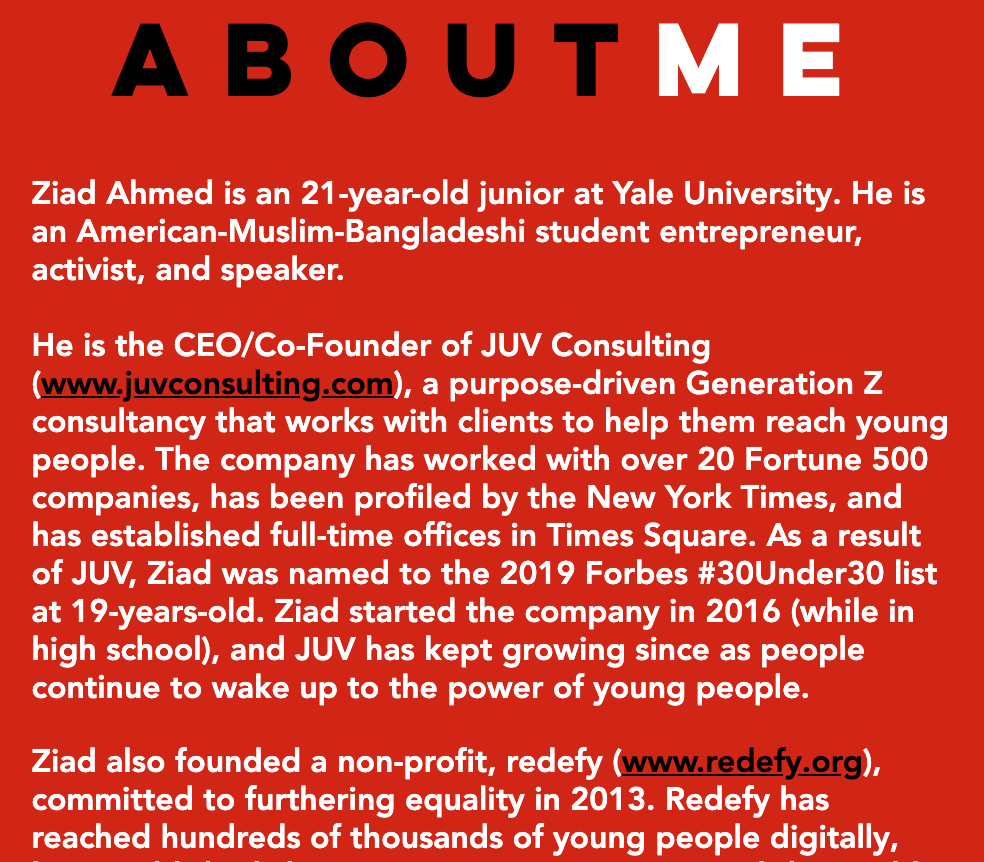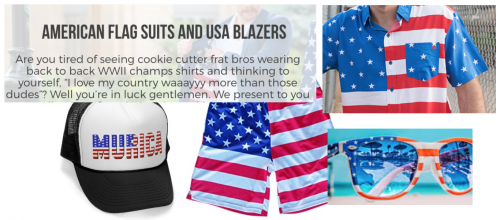Cross-posted at My Viennese Adventures.
There is something that I love about the Vienna metro system (besides the fact that it is supremely fast and reliable).
Take a look at this:
What do you notice?
OK, first, the graphic design is fantastic. But what else?
The ‘old’ and ‘injured’ people are represented by male figures. The pregnant individual is (unavoidably) a woman, and the person carrying a child is also female.
So far, so typical.
Most public signage on Earth seems to follow this pattern. The generic individual is by default male, except when they are connected with child-rearing, when they magically become female. Never mind that women also get old and break their legs, or that men are perfectly capable of toting around a three-year old on public transport.
The difference with the U-Bahn is that you will see just as many of these signs as of the one above:
The preggers woman is still there, but who are those folks with her? An old lady! An injured gal! And, most radically, a dude with a pesky kid!
It might seem insignificant, but the signs that surround us are constantly sending us messages about who we are, and our place in society.
These signs are a small gender-victory, and they put a smile on my face!
——————————
Kate Shea Baird works at Women Without Borders in Vienna, specialising in the counter-radicalization of violent extremists. She has a BA in Politics, Philosophy, and Economics from the University of Oxford, and an MA in European thought from University College London.
If you would like to write a post for Sociological Images, please see our Guidelines for Guest Bloggers.









 Rumors are circulating that the Bureau of Land Management (BLM) has plans to euthanize 44,000 wild horses. The rumor is
Rumors are circulating that the Bureau of Land Management (BLM) has plans to euthanize 44,000 wild horses. The rumor is 
